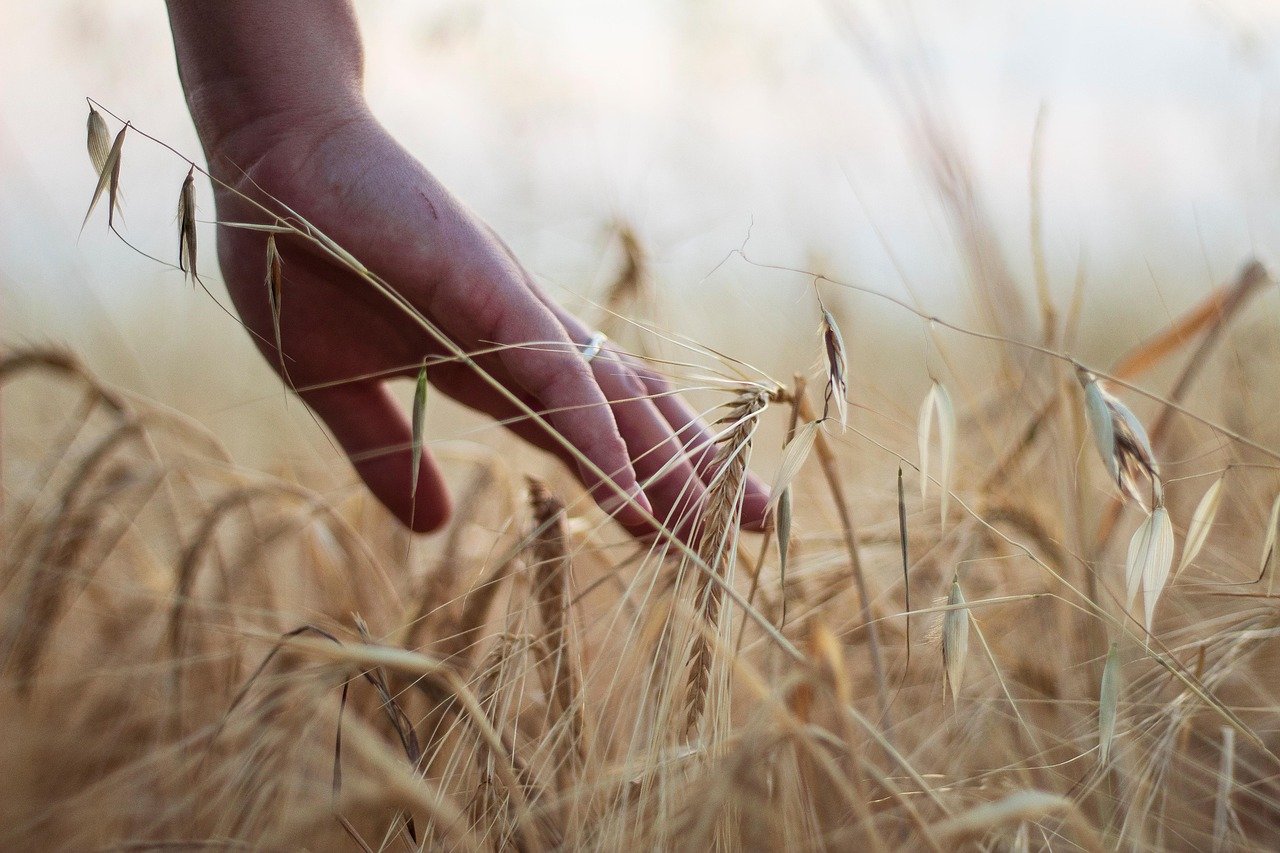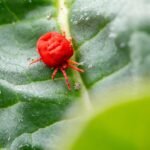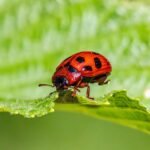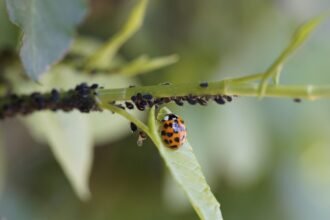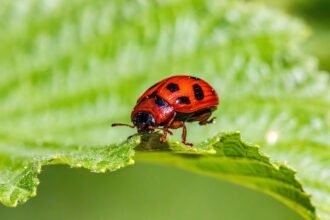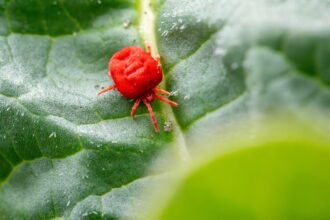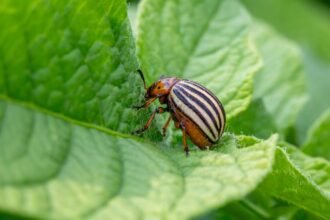Integrated Pest Management (IPM) is a sustainable approach to controlling pests that combines various techniques and strategies to manage pest populations while minimizing environmental damage. Unlike traditional pest control methods that rely heavily on chemical pesticides, IPM focuses on using a combination of biological, physical, cultural, and chemical tools to manage pests effectively. This holistic approach reduces the risks associated with pesticide use, promotes biodiversity, and supports the long-term health of ecosystems.
In this guide, we will explore the concept of IPM, its benefits, and how it helps achieve sustainable agriculture.
1. What is Integrated Pest Management (IPM)?
IPM is an environmentally responsible approach to pest control that seeks to manage pest populations at acceptable levels using a variety of methods. It emphasizes monitoring and understanding pest dynamics to make informed decisions on control measures. The goal is to minimize pesticide use, reduce pest resistance, and maintain ecological balance while ensuring the health of crops and the environment.
IPM incorporates the following principles:
- Prevention: Prevent pest problems before they start by creating conditions that are unfavorable for pests.
- Monitoring: Regularly monitor pest populations to identify the type and level of infestation.
- Intervention: Take action when pest levels reach a threshold that could cause economic or environmental harm.
2. Core Components of IPM
IPM combines several tools and strategies to manage pests. These tools fall into four main categories: biological, physical, cultural, and chemical controls.
a. Biological Control
Biological control involves the use of natural predators, parasites, or pathogens to reduce pest populations. This method is environmentally friendly and can be highly effective for managing specific pest species.
- Natural Predators: Introduce beneficial insects like ladybugs, predatory mites, or lacewing larvae, which feed on pest insects like aphids or spider mites.
- Parasites: Parasitic wasps, for example, lay eggs on pests like caterpillars or aphids, killing them as the larvae hatch and feed.
- Pathogens: Use of natural plant pathogens, such as bacteria or fungi, that infect and kill specific pests, like Bacillus thuringiensis (Bt), a natural bacterium used to control caterpillars.
Benefits:
- No harm to the environment or non-target species.
- Reduces reliance on chemical pesticides.
- Promotes biodiversity by supporting beneficial organisms.
b. Physical and Mechanical Control
Physical methods focus on creating barriers or using physical actions to eliminate or prevent pest access to plants.
- Barriers: Use row covers, netting, or fences to keep pests like insects, rodents, or birds away from crops.
- Traps: Set up insect or rodent traps to capture pests.
- Hand-Picking: In smaller-scale gardens, manually removing pests like caterpillars or slugs can be effective.
- Soil Solarization: Use the sun’s heat to treat the soil and kill soil-borne pests and pathogens by covering it with clear plastic.
Benefits:
- Chemical-free.
- Highly effective for controlling pests like weeds, snails, and certain insects.
- Minimal environmental impact.
c. Cultural Control
Cultural control involves modifying farming practices to reduce pest populations and create a less favorable environment for pests.
- Crop Rotation: Alternating the types of crops grown in each field or garden bed reduces pest buildup and prevents pests from adapting to specific plant species.
- Intercropping: Growing a mix of crops together (e.g., planting basil alongside tomatoes) can confuse pests or reduce their access to host plants.
- Resistant Varieties: Using pest-resistant crop varieties, bred to tolerate or resist certain pests or diseases, can reduce the need for chemical treatments.
- Proper Spacing: Correctly spacing plants ensures better air circulation and reduces the risk of pest infestations, particularly for fungal diseases.
Benefits:
- Low-cost and easy to implement.
- Enhances soil health and overall plant growth.
- Encourages biodiversity and ecological balance.
d. Chemical Control (As a Last Resort)
Chemical control, when used in IPM, is typically applied only when other methods are insufficient to manage pests. The goal is to use chemicals in a targeted, minimal, and controlled manner to reduce negative environmental impacts.
- Selective Pesticides: Use chemicals that target specific pests without harming beneficial insects or pollinators.
- Timing: Apply pesticides at times when pests are most vulnerable (e.g., during their larval stage) to minimize the impact on non-target organisms.
- Low Toxicity: Use lower-toxicity pesticides that are less harmful to humans, animals, and the environment.
Benefits:
- Effective in quickly reducing large pest populations.
- Can be useful in severe pest outbreaks or when other control methods fail.
3. Benefits of Integrated Pest Management
IPM is a sustainable and balanced approach to pest management, offering several advantages over traditional pesticide-based control:
a. Reduced Environmental Impact
IPM reduces the overall use of synthetic chemicals, minimizing the risk of pesticide pollution in the soil, water, and air. By using natural predators, barriers, and other eco-friendly methods, IPM supports healthier ecosystems and biodiversity.
b. Protection of Beneficial Organisms
IPM methods, such as biological control and selective pesticide use, aim to protect beneficial organisms like pollinators (e.g., bees), natural predators, and soil microorganisms. This helps maintain a balanced ecosystem where pests are controlled without harming the environment.
c. Prevention of Pest Resistance
Over-reliance on chemical pesticides can lead to pest resistance, making chemicals less effective over time. By using a variety of pest management strategies, IPM helps slow the development of resistance, ensuring long-term pest control effectiveness.
d. Healthier Crops and Soil
IPM promotes healthy soil and crops by focusing on cultural practices that enhance plant growth and reduce pest pressure. Healthy, well-managed soils are less susceptible to pests and diseases, allowing crops to grow stronger and more resilient.
e. Cost-Effectiveness
While implementing IPM may require more effort upfront (such as monitoring, manual pest removal, or introducing natural predators), it can be more cost-effective in the long run. Reducing pesticide use and preventing pest outbreaks early helps avoid the high costs of pesticide treatments and crop loss due to severe infestations.
4. Challenges of IPM
While IPM offers many benefits, it does have some challenges that may require additional effort or investment:
- Monitoring and Expertise: Successful IPM requires regular monitoring of pest populations and a thorough understanding of pest behaviors, which may require specialized knowledge or training.
- Labor-Intensive: Some methods, such as hand-picking pests or manually applying biological agents, can be labor-intensive and time-consuming, especially for large-scale farming.
- Initial Costs: Some biological control agents or sustainable farming practices can have upfront costs, though they often lead to long-term savings.
5. Conclusion: The Future of Sustainable Pest Control
Integrated Pest Management (IPM) is a key strategy in sustainable agriculture, combining various control methods to manage pests in an eco-friendly, cost-effective, and efficient manner. By emphasizing prevention, monitoring, and judicious intervention, IPM minimizes the reliance on chemical pesticides and supports healthier ecosystems.
As the agricultural industry continues to embrace sustainability, IPM plays a pivotal role in reducing the environmental impact of farming, preserving biodiversity, and ensuring that crops are grown in a way that is both productive and environmentally responsible. Whether you’re growing food at home or managing a large-scale farm, adopting IPM practices can help you achieve a balance between pest control and ecological health, ensuring the longevity and sustainability of your farming practices. 🌱

